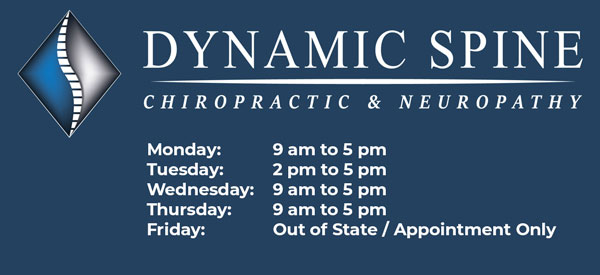
Lower Back Pain
Causes of Lower Back Pain
Lower back pain has a large variety of underlying conditions, some minor, some very serious. Many different types of pain can be produced, ranging from dull aches or soreness, to sharp stabbing pain. Some lower back conditions can also cause radiating pain down the buttock or leg. There are many conditions that can lead to lower back pain, including:
- Abnormal spinal alignment
- Abnormal biomechanics (movement) of the spine
- Muscle imbalances of the lower back or pelvis
- Disc conditions, including disc bulging, degeneration, herniation
- Ligament injuries, commonly seen in high-force injuries
- Nerve compression anywhere in or near the lumbar spine
- Abnormal breathing mechanics
- Pelvic unleveling, known as sacral obliquity
How to Properly Identify What Is Causing Your Lower Back Pain
Due to the many different causes of lower back pain, it is important that your examination is very thorough and detailed. Below is our lower back pain evaluation process
- Physical palpation examination of the spine, assessing for spinal alignment and tone of the musculoskeletal system
- Range of motion testing to assess for biomechanical issues of the lower back
- Neurological testing to assess for proper nerve function of the nerve roots stemming from the lower back
- X-rays can be used to assess underlying structural abnormalities of the lower to allow for very precise and detailed treatment. X-rays are also able to evaluate for pelvic unleveling or hip conditions that can produce lower back pain.
- Muscles assessment and postural assessment to assess for muscle imbalances of the lower back
- Strength testing to assess for other muscle imbalances or neurological involvement
Treating Lower Back Pain
Treatment options for lower back pain include:
- Precise Spinal Adjusting – All spinal adjusting in our clinic is extremely precise, often based on Xrays to help locate the areas of concern. We also look at underlying spinal conditions to help us determine which type of spinal adjusting will be both safe and the most effective.
- Non-surgical Spinal Decompression – Spinal decompression therapy is used to help gently “decompress” spinal joints, helping to open up the neural canals, decrease pressure on the spinal discs, and also stretching nearby muscles to allow for healthy movement and nutrient exchange around the spine.
- Myofascial Release – Myofascial release involves deep tissue “massage” of the muscle and connective tissue. Breaking up adhesions in the musculoskeletal system along the lower back can play a key role in improving pain and function.
Best Ways To Correct Lower Back Pain For The Long Term
Because of the multiple factors that affect the lower back, long-term improvement involves the following:
- Frequent (weekly) specific strengthening and stretching of the lumbar spine to maintain muscle balance, strength and flexibility. It is important that these exercises are tailored to your specific spinal findings.
- Periodic spinal checkups ensure proper alignment of the lower back and pelvis and healthy structure of the cervical spine.
- Avoiding recurrent or chronic movement, positions, posture, or activities that seem to irritate the lower back.










